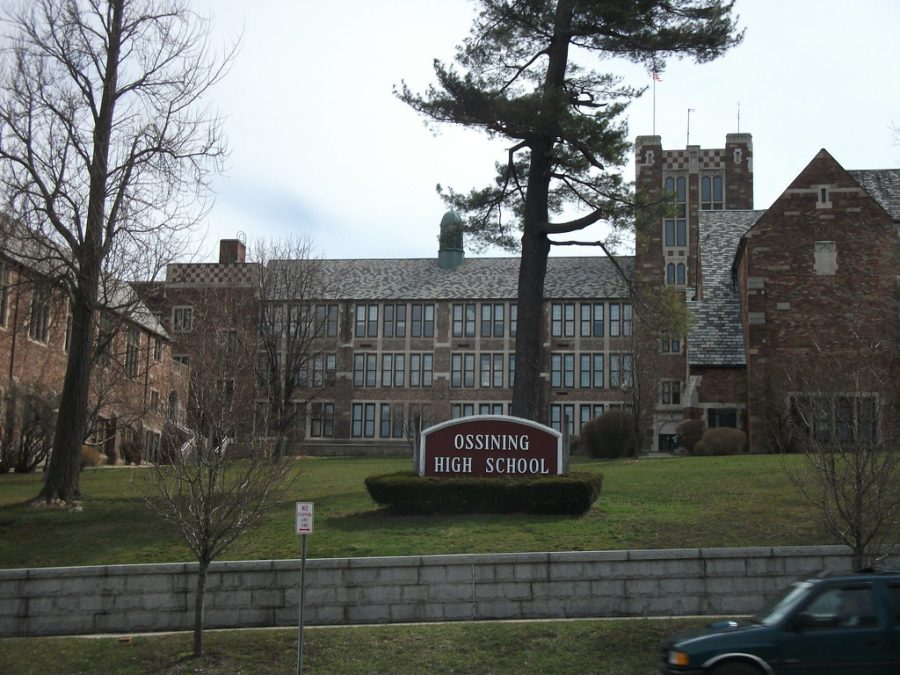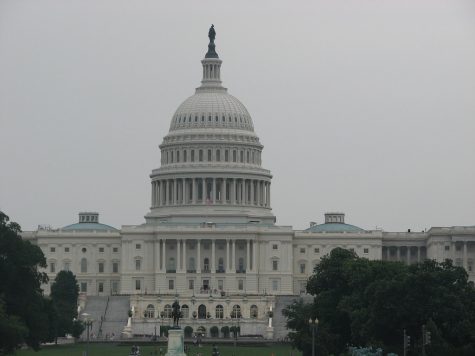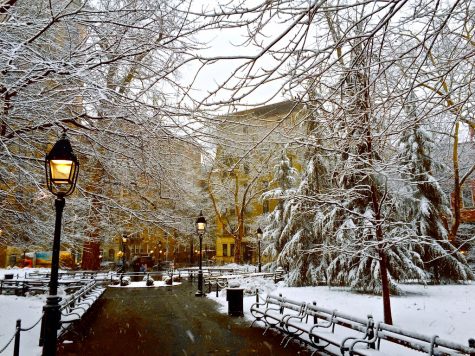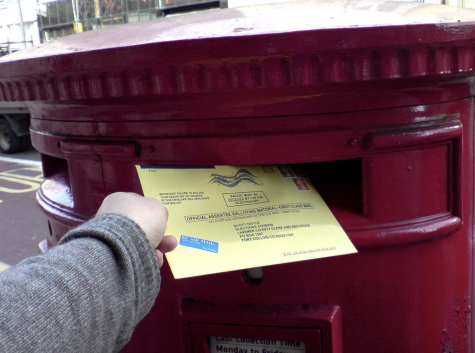How a Half-Day During the COVID-19 Pandemic Demonstrated that U.S. Public Schools Prioritizes Instruction Time Above All Else
January 28, 2021
Tuesday, January 26, 2021, was originally planned to be an in-person PSAT 10 Day for sophomores at Ossining High School, while all other students would have an asynchronous day of instruction. However, since local weather reports forecasted that it would snow that day, many students and staff alike anticipated and/or prepared for the possibility of having a snow day. Nonetheless, on January 26th, the Ossining school district decided to change the regular plan to a district-wide early dismissal and canceled PSAT administration, clearly due to inclement weather. An email sent from OHS staff member Mrs. Scarduzio notified the students of this schedule change at 6:56 a.m., about an hour before school started. During this half-day, nearly all OHS students were fully remote and were required to log on to their first through fourth period classes. Students spent class time doing mostly minor tasks, ranging from being present for attendance to working on incomplete assignments or work that they had been assigned to do asynchronously.Initially, this may not seem like a noteworthy issue, but this change in schedule represents more than a matter of feeling let down after getting hopes up over a possible snow day. This decision, regardless of intention, is demonstrative that the U.S. public education system prioritizes instruction time above all else. Although increasing instruction time is not an inherently bad idea, how that instructional time is utilized and allocated is just as important, if not more so. Many students, including myself, felt bothered by the decision to have a half-day, especially since the inclement weather seemed to warrant the cancellation of school. This inconvenience was also compounded by symptoms of how instruction time has typically been spent during the taxing COVID-19 pandemic.
Students are overwhelmed with work and the unrealistic expectations of balancing good grades, advanced classes, extracurricular activities, and volunteer hours, among other factors. This has been the case in public education for many years predating the pandemic, but it has been exacerbated tenfold after the outbreak of COVID-19. An increasing number of students this school year have been feeling overwhelmed, burned out, depressed, pressured, and anxious for extended lengths of time. Planned holidays, snow days, and asynchronous days of instruction often serve as a crucial mental health recharge that can be spent with family, resting, getting caught up with classwork, and more. Students and staff require snow days, especially during the COVID-19 pandemic. The combination of short notice, stressful school curricula, and the pressure of nearing the end of the first semester (all amplified by the pandemic), the decision to have a half-day during conditions that necessitated a snow day appears to lack compassion for the student’s needs.
If classroom curricula did not result in the emotional toll students are currently facing, and in my case, countless all-nighters, attending school during the COVID-19 pandemic would not be as burdensome as it has been. What students need is not just more instruction time. We need increased priority in restructuring how school instruction time is used. At the very least, the quality of a student’s education should match the quantity of it.











